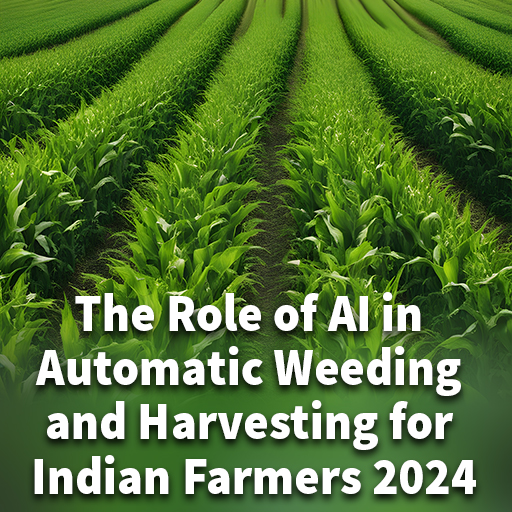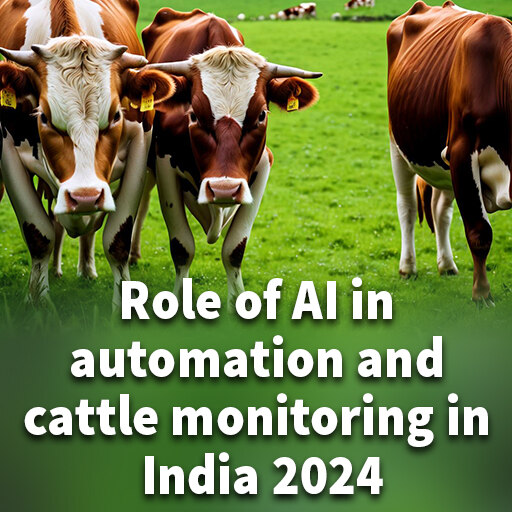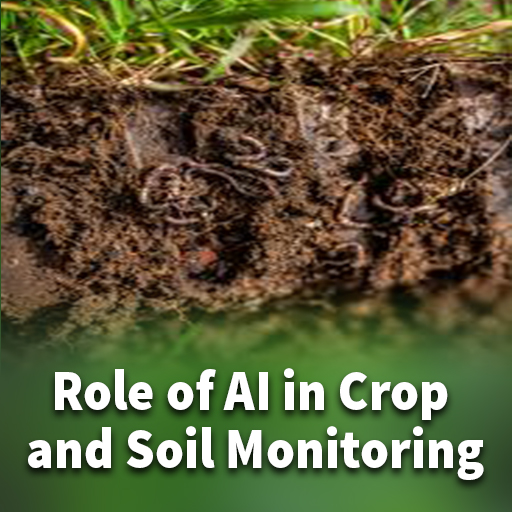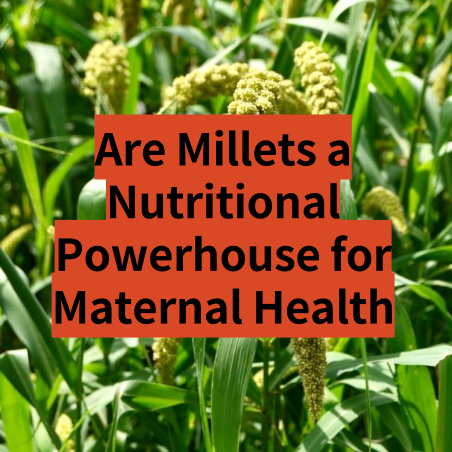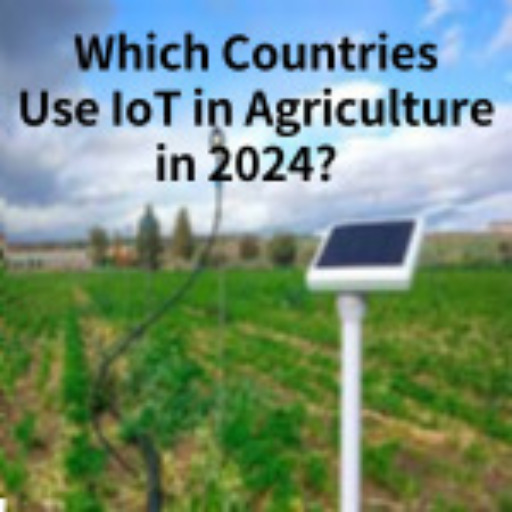Introduction:
This is where the future of Indian agriculture will have to come together – technology and farming practice from here on.—Ashok Gulati But at the heart of this transformational vigor is truly an innovation powerhouse – Artificial Intelligence (AI).
In this article, we are going to discuss the use-cases first and soon after that How yield mapping can be done using AI Predictive analytics with their advantages/disadvantages? In the backdrop of an evolving landscape for Indian agriculture, these very technologies may change how our farmers look at and prepare their yields.
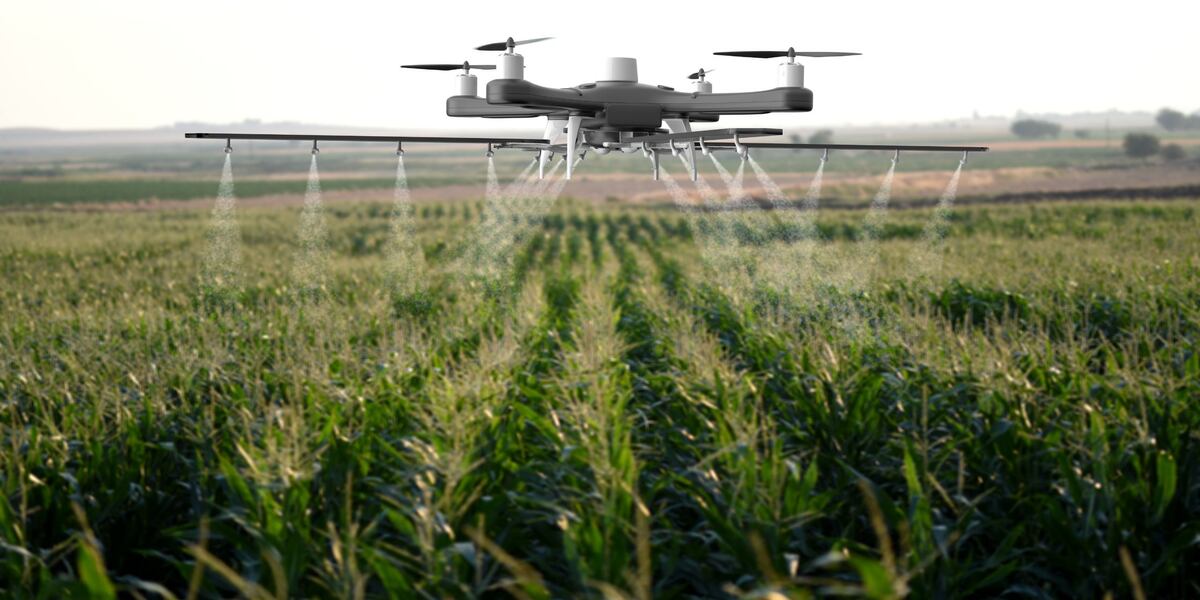
(Role of AI in Yield Mapping and Predictive Analytics for Indian Agriculture 2024)
The Contemporary Agricultural Landscape in India:
With a range of difficulties and prospects, the Indian agricultural sector faces 2024. It is a must that advanced technologies should be brought in to cope with the country’s rapidly growing population and need for sustainability.
Artificial Intelligence (AI) emerges as one of the key solutions to address the complexities inherent in modern agriculture by sifting through vast arrays of data, uncovering hidden patterns and providing insights.
Applications of Artificial Intelligence in Yield Mapping:
- Precision Agriculture with Artificial Intelligence: AI is revolutionizing precision farming, as it enables to create yield maps at a highly-detailed resolution. As the maps shows crop performance at a much finer scale they allow us to make better decision for resource application on spatial variability.
- Satellite Imaging and Remote Sensing: Merge Artificial Intelligence with satellite imagery— including remote sensing technologies — Farmers get real-time high-resolution data. This is critical information to develop accurate yield maps which capture variations in crop yields, from one place where the crops were grown.
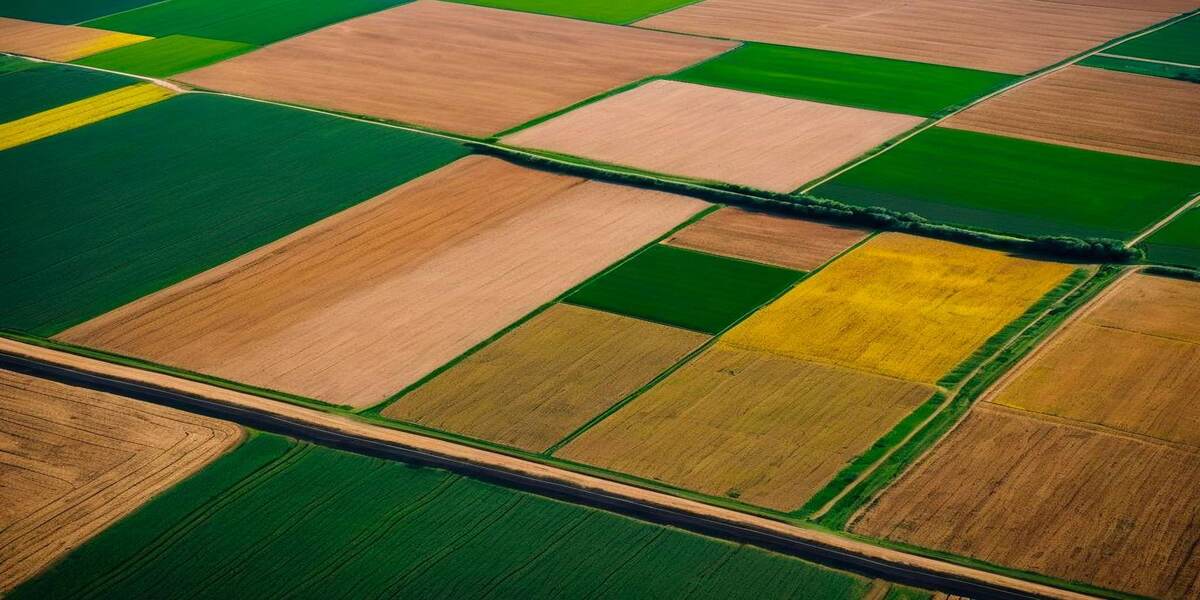
- Sensor Technologies in the Field: Smart sensors, with AI can be used to collect onsite data on the soil properties, moisture level and nutrients levels. This information is critical to help build robust yield maps that can facilitate decision making right up to a very fine level.
- Autonomous Machinery and Yield Data Collection: Harvests using a machinery that is autonomous and AI enabled have eased the yield data collection process The harvest data, including crop yields and quality information, allow creation of detailed yield maps and precise analysis.
Benefits of Artificial Intelligence in Yield Mapping:
- Optimised Resource Allocation: The AI-driven mapping also serves as a framework for ideal input allocations like water or nutrients such as fertilizers and pesticides. All of this saved valuable resources by ensuring that only the required amount was applied and so all wastage eliminated.
- Improved Crop Management: Based on the information delivered in Artificial Intelligence-powered yield maps, farmers can adjust their approach to crop management as per the need of specific fields. Farmers getIndex This kind of customization leads to better crops which helps in increasing the overall productivity.
- Enhanced Decision-Making: Actionable Insights — Provided by AI through yields mapping to make smart decisions. These could involve adopting certain planting densities, implementing their own irrigation schedules, and a range of other things as well that they can change to achieve better production results.
- Economic Benefits: The economic advantage of artificial intelligence to yield mapping is to maximize the use of resources and enhance crop management. Increased productivity results in increased yields, and reduced input costs makes agriculture more profitable.
Applications of Artificial Intelligence in Predictive Analytics:
- Weather Pattern Analysis: Artificial Intelligence also depends on the past weather and the current situation to predict the future, hence the most important one for farmers who do farming on the basis of the season during and after many diseases with the weather.
- Crop Growth Modelling:
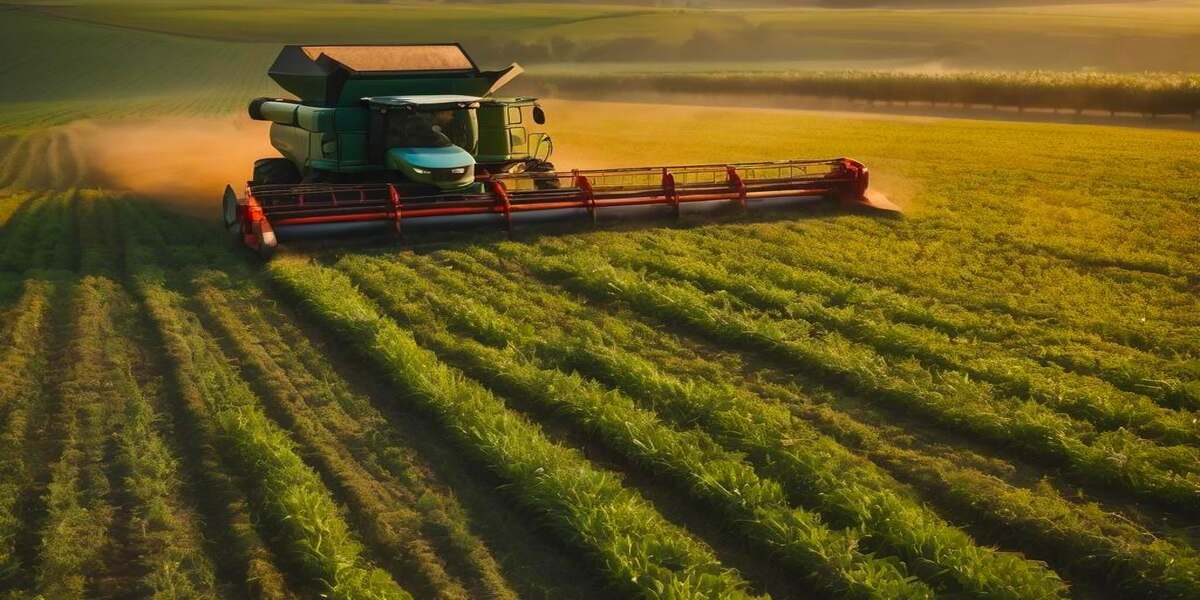
Artificial Intelligence-based models through predictive analytics are used to run various crop growth scenarios which help farmers decide in advance how certain crops will react to different types of inputs. As a result the farmer is able to make decisions that lead to higher yields.
- Market Trends and Price Predictions: The down and across-stream of AI algorithms scan market patterns, global transfer chains, historical pricing data to predict Market. This will assist farmers in planning for the best type of crops to be grown and marketed accordingly.
- Disease and Pest Outbreak Prediction: Based on historical records and current environmental factors, artificial intelligence can be used to anticipate possible disease and pest invasions. It allows the use of preventive measures, thus reducing damage to crops.
Benefits of Artificial Intelligence in Predictive Analytics:
- Risk Mitigation: Specific weather forecasts generate added value from predictive analytics driven by artificial intelligence and thus enable a farmer to respond proactively to the risks of an adverse weather event, market fluctuations or pest outbreaks. Moreover, such mitigations contribute to the overall farm resilience.
- Improved Crop Planning: Westport farmers can be more strategic about what to grow if they have a sense of where the market is heading and how various conditions effect different plants. Higher efficiency means that resources are saved which translates to increased returns.
- Resource Optimisation: While enabling the predictive analysis capability what could have been done with water, fertilizers, pesticides or for that matter anything used! So what is needed once projected and managed as by the farmers required, our ailing food growers can minimize wastages therefore pollution too.
- Increased Profitability: That is because precise predictive analytics along with AI-driven decision-making result in higher profits for farmers. With decisions being made on the basis of insightful data, farmers can generate the highest ROI by making wise & informed decisions.
Challenges and Considerations:
- Technological Access and Literacy: It is important to ensure that farmers have access to Artificial Intelligence (AI) technologies and they are educated on digital literacy.
- Data Security and Privacy: This issue of data security and privacy has been raised by extensive data collection in the process of yield mapping and predictive analytics. It’s therefore necessary to institute strong protocols and regulations that will protect farmer as well as agricultural data.
- Interoperability and Integration: For seamless integration of artificial intelligence into existing agricultural practices, standardization and interoperability are required. Streamlined integration can be achieved with technology providers working hand in hand with agricultural stakeholders.
- Costs and Return on Investment: While there is no doubt about the advantages of utilizing AI in yield mapping as well as predictive analytics, start-up expenses can be an obstacle for some farmers. To address this problem, it would be important to pursue a favorable return on investment and look for subsidies programs.
FAQs for Role of AI in Yield Mapping and Predictive Analytics for Indian Agriculture 2024
Frequently Asked Questions (FAQ’s)
How does Artificial Intelligence contribute to precise yield mapping in Indian agriculture?
Analyzing data from various sources, such as satellite imagery, sensors and autonomous machines, artificial intelligence enables precise yield mapping. This allows farmers to create detailed maps and gain insights into crop performance variation across fields.
What role do predictive analytics play in weather pattern analysis for agriculture in India?
Artificial Intelligence-powered predictive analytics are based on historical weather data and current conditions in order to predict future patterns. With this information farmers can better prepare for climate change related challenges thereby making their planting and harvesting activities more efficient.
How does Artificial Intelligence aid in disease and pest outbreak prediction, and how can farmers benefit from this information?
By analyzing historical information and current environmental conditions, Artificial Intelligence predicts possible emergence of diseases and pests. This warning system gives farmers the power to take action in advance thus avoiding any crop damage that could have resulted in a very bad harvest.
Conclusion:
Artificial Intelligence emerges as a transformative force in yield mapping and predictive analytics in the fluid landscape of Indian agriculture. The merger of data-driven descriptions, precision farming, and forecast modeling is a promising future for famers. Despite challenges, potential resource optimization benefits outweigh improved decision-making implementation costs leading to profitability gains hence continued research, investment and collaboration.



